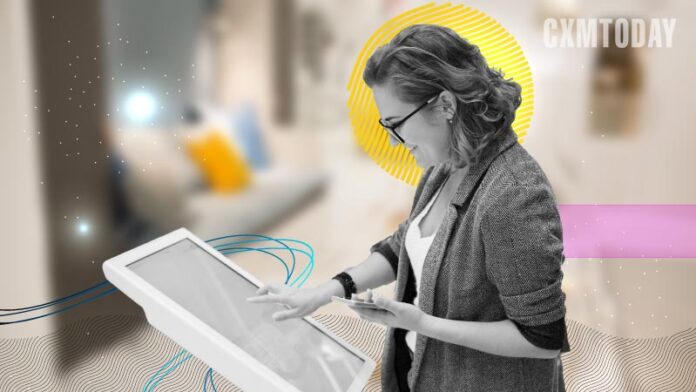Self-service isn’t a solo ride. Brands are empowering users with tools to carry them through the buying journey at their own pace
Looking back to 1952, a small burger stand in California purchased eight Prince Castle milkshake machines capable of producing at least five milkshakes at one go. At that time, those machines were a strange investment for a shop of that level. So, the sales rep from Prince Castle went to the shop to check what was going on.
He discovered that the café had restructured the customer experience to spin around effectiveness and item quality. The shop was altered to fit the natural workflow of the employees and the milkshake machines were producing 40 milkshakes at a time.
That little burger stand is now known as McDonald’s, one of the largest food chains in the world. How did the burger chain prevail at such a gigantic level? The answer is simple. In addition to other things, they utilized savvy client assistance apparatus, royalty programs, and simplified a client’s ordering journey at their outlets.
In fact, one of their most recent tools to make their customer’s ordering experience more straightforward was to introduce self-assistance machines in numerous outlets across the world. By using those machines, clients can simply stroll into a McDonald’s outlet, place an order using the touch screens installed in the restaurant, pay right there, and collect their order from the counter – without having to come face to face with another person.
Numerous organizations likewise utilize simplified interactive tools to make their client’s buying journey simpler.
Let’s take the example of Sephora. The multinational retailer has started providing its customers solutions via Facebook Messenger or WhatsApp – applications that individuals use to chat with their friends and family consistently – which helps representatives answer queries in a much more contextual and personalized way.
As per a Facebook study, 53% of respondents said they are more likely to buy from a company that provides customer service via chat on WhatsApp or Facebook Messenger than one that doesn’t. According to Zipwhip, many clients said that they ignore phone calls from companies. They’d rather speak on text, than over call.
Audio streaming and media service provider Spotify also has an intelligent framework set up. The streaming goliath utilizes its official Twitter account to respond to questions that followers have when using the app or making subscriptions. It additionally urges clients to demand new songs via Twitter so its team knows what type of songs to add to the platform in the future. This way, the organization can hold and draw in new clients.
A new interesting tool related to gamified elements has also been taking customer experience by storm. Gamification takes boring activities such as filling a form, or putting in longer details, and transforms them into fun, intelligent encounters. This keeps customers drawn to a brand even when they’re requesting them to finish up a review or take care of a bill. Along these lines, it is worth adding gamified elements throughout the pre and post-purchase journey.
For instance, fast-food chain Tim Horton’s recently upgraded their loyalty plan to add gamified elements in their mobile app. Now, customers have an option of playing games and leveling up while they work towards earning rewards that they can redeem at Tim Horton’s restaurants. This is an interesting way for keeping the brand top of mind and encouraging customers to return to the business, even though the games don’t directly relate to Tim Horton’s products.
Speaking of mobile apps, we all know that smartphones are an integral part of our day to day routines. A research by Sweor shows that 57% of people won’t recommend a brand to others if it has a poor website or app. Besides, 50% of people will also stop interacting with a website altogether if they don’t like the products and services it offers. This makes the online store experience similarly as significant as physical store experience.
Recently, Nike created a self-service experience in one of its stores by offering a new app called the “Speed Shop.” It was intended to permit clients to purchase Nike items in stores without the assistance of anyone. Customers would simply download the app, scan product barcodes, then confirm their purchase digitally on their way out the door. This simplifies the client’s shopping journey.
For a socially-distanced shopping experience – due to the pandemic — video calling is also a tool to make a client’s experience better. Options such as virtual tours, product demonstrations via Zoom, and model tryouts (in case of a clothing brand) are great ways to increase sales. According to Tubular, 57% of clients feel more confident after looking at a demo with their own eyes.
In today’s world, interaction is key. From customized suggestions to AI-generated content, there are a growing number of Martech tools available for client driven brands to help consumers with their buying journey.
There are many more tools such as quick responses via email for customer service, chatbots on websites, cobrowsing to help clients resolve an issue, live chats, customer surveys, and 24×7 automated assistance, among others to help a client with their buying journey.
Carefully designed responses and knowledge base is also a very important part of a shopping experience. The design and content present in documents, guides, and FAQs of a website should have easy-worded information that helps clients figure out a complicated situation on their own.




